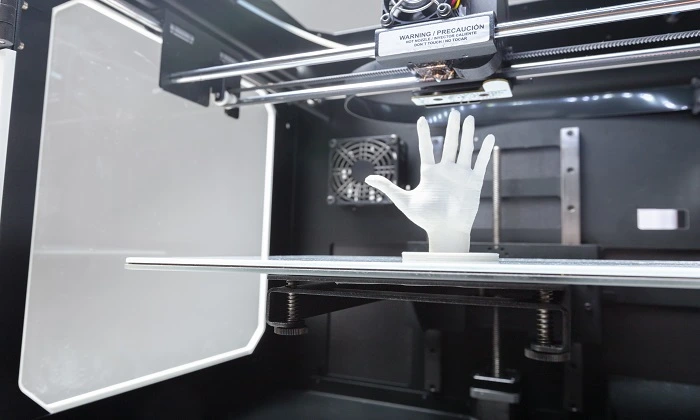3D scanning is the process of examining a real-world object or environment in order to collect data on its shape and sometimes its appearances, such as color and texture, and then using that data to create digital 3D models. It is a non-contact, non-destructive technique that uses a beam of laser light to digitally record the geometry of physical objects.
There are different types of 3D scanning offered by different 3D scanning services and are performed by various types of scanners. In this post, we will explain the different methods of 3D scanning and their applications. So keep reading to learn all about it.
Methods of 3D Scanning
There are different 3D scanning methods employing different technologies. Here are the most commonly using:
LASER triangulation 3D scanning technologies
Laser-based 3D scanners use the trigonometric triangulation technique to precisely record a 3D geometry as millions of points. These 3D scanners use one or more laser lines to project onto an object, followed by one or more sensors to record the reflection. The sensors are separating from the laser source by a predetermined distance. This allows for accurate point measurements by determining the angle of reflection of the laser light.
There are numerous styles and varieties of laser scanners, which are quite popular. They include handheld portable devices, arm-based long-range trackers, CMM-based trackers, and single-point long-range trackers.
Applications of Laser triangulation 3D scanning
Laser triangulation 3D scanning is employed in industries for plant management, stock volumetric estimation, by the police department to measure the scene thoroughly and present it visually, and in a variety of other applications.
Structured light 3D scanning technologies
A structured-light 3D scanner is a 3D scanning tool that measures an object’s three-dimensional form using projected light patterns and a camera system. The software for structured light and stereo vision is written in Python.
Such a 3D scanner makes it possible to quickly and affordably produce extremely lifelike visuals of actual 3D objects. This affordable 3D scanner uses structured light to produce a dynamic pattern of colored stripes.
3D Scanning Technologies
Due to its simplicity and accuracy, structured light scanning is a popular 3D scanning technology in many industries. The documentation of cultural and historical artifacts, motion and environment capture for augmented reality games, and body measurements for retail are some of its more notable applications.
Photogrammetry
Photogrammetry (or SFM – Structure from Motion) is a technique for estimating the three-dimensional coordinates of surface points by taking photographs of a single physical item from various perspectives. Textured or rough objects are excellent photogrammetry targets.
You take a lot of shots of the object from all angles, and then you use these photos as input for specialist software. This software will look for traits that are evident in several photographs and attempt to determine where the picture was shot.
Application of Photogrammetry
Photogrammetry has built a name for itself in a variety of areas, including engineering and cinema. One of the most popular applications of photogrammetry is the creation of maps from aerial photographs. It is both accurate and cost-effective. Many archaeologists use photogrammetry to swiftly create plans for huge, complicated sites, whereas meteorologists use photogrammetry to predict the wind speed of tornadoes when they do not have access to weather data.
Contact-based 3D scanning technology
Contact-based 3D scanning is also known as digitizing. This 3D scanning technique indicates a contact-based method of collecting 3D data. Contact-based 3D scanning is more intrusive than the preceding methods. It makes contact with an object’s surface using a probe, which can be fixed or wandering. The probe’s software detects how and where the probe touches the surface and may capture the 3D surface position.
Applications of Contact-based 3D scanning
Contact 3D scanning is frequently used for quality control after manufacturing or when performing maintenance. The accuracy and capacity to scan clear or reflecting objects in three dimensions are the key benefits of contact technology for 3D scanning.
Laser pulse-based 3D scanning technology
This method, also known as time-of-flight scanning, measures the geometry of a surface using sensors and light speed. With this technique, the laser projects millions of pulses into the surface of the item, which is subsequently reflecting back to the sensor.
By measuring the distance, a laser beam travels between the moment, it is emitted and the time it is received, this novel method gathers geometrical data.
Applications of Laser pulse-based 3D scanning
Terrestrial laser 3D scanners are frequently using laser pulse technology . 3D Scanning primarily intended for land surveying.
To Sum Up,
3D scanning is the process of examining a real-world object or environment in order to capture data. It is about its geometry and occasionally appearances, such as color and texture, and then using that data to produce digital 3D models. It is a non-contact, non-destructive technique that employs various technologies for various intended applications as mentioned in this post.







